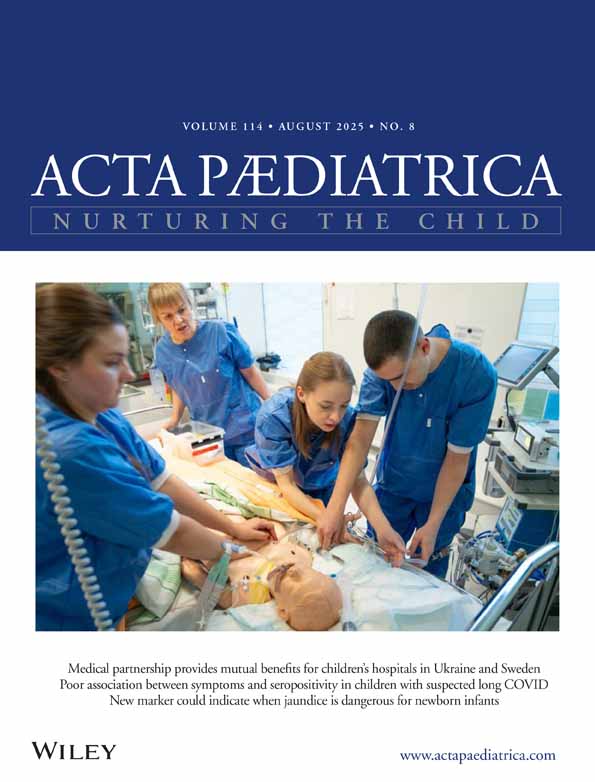A Chinese adolescent girl with Fechtner-like syndrome
Abstract
We describe a 15-y-old girl with Fechtner-like syndrome, who is the first Chinese reported to have this rare syndrome. She presented with left homonymous hemianopia and neuroimaging revealed haemorrhage in both parietal and occipital lobes. Peripheral blood smear showed macrothrombocytopenia and intracytoplasmic inclusion bodies inside leucocytes. Thrombocytopenia and proteinuria responded to intravenous immunoglobulin and pulsed methylprednisolone. This case illustrates that life-threatening haemorrhage can occur in patients with Fechtner syndrome. Although there was no effective treatment reported in the literature, high dose steroid and immunoglobulin seemed to be useful in our patient. Our patient also had nephritic-nephrotic syndrome with renal insufficiency, which is unusual in adolescent female patients.




